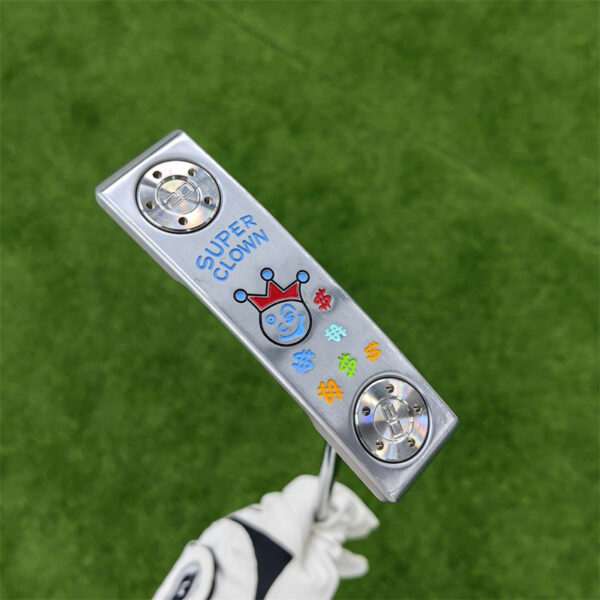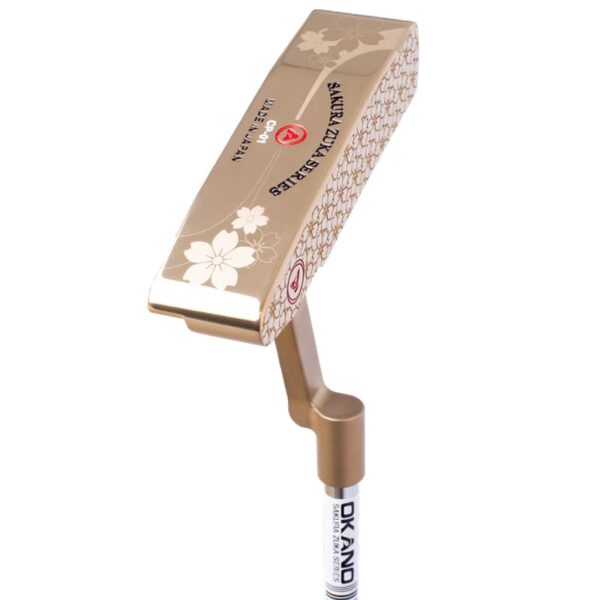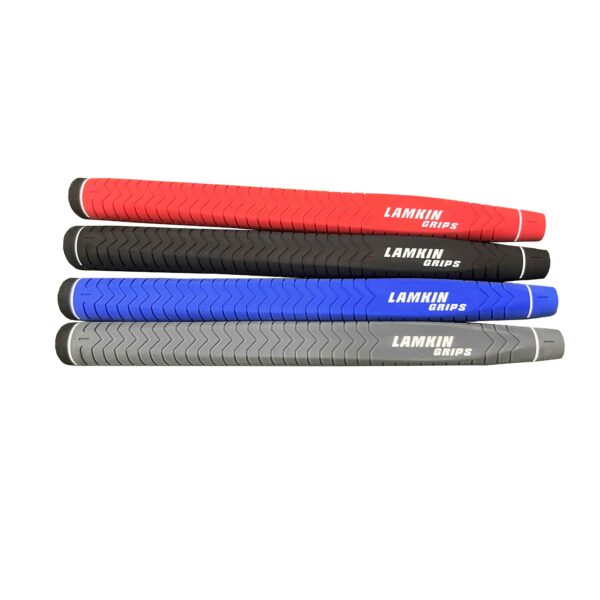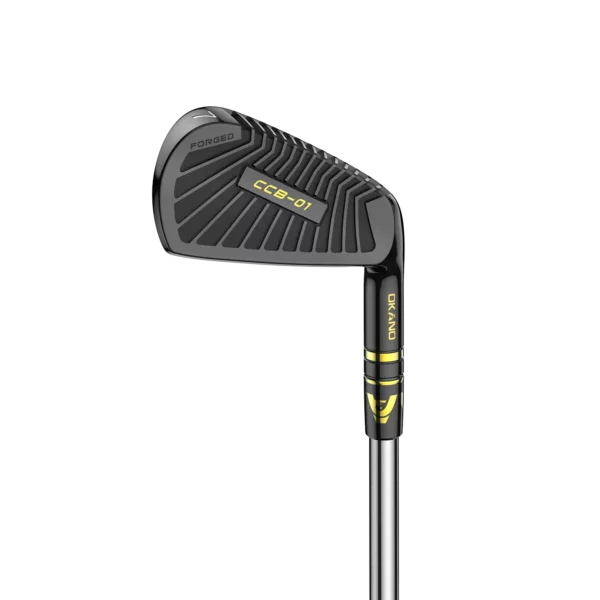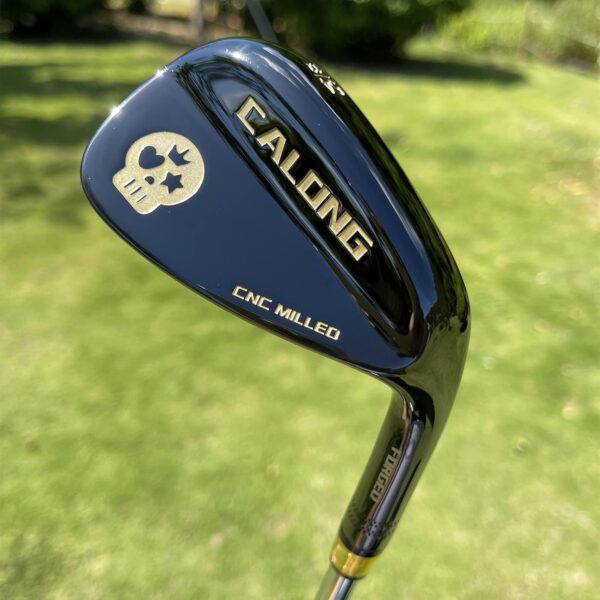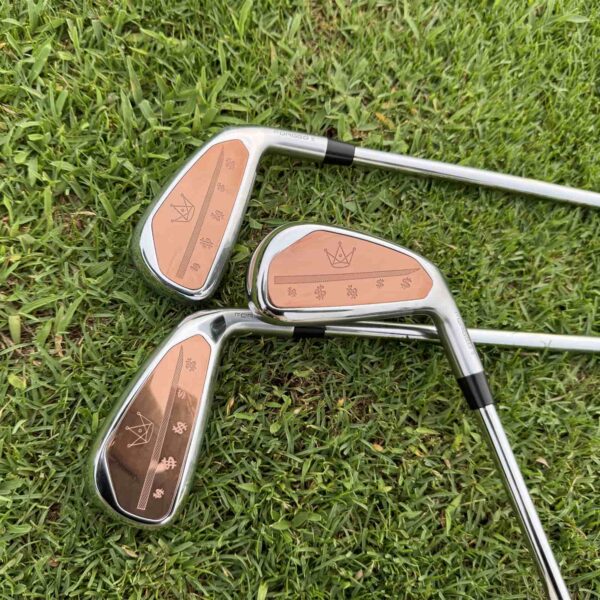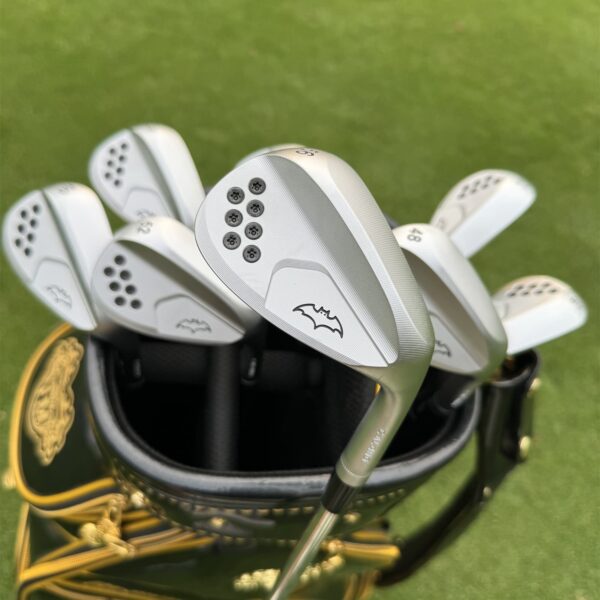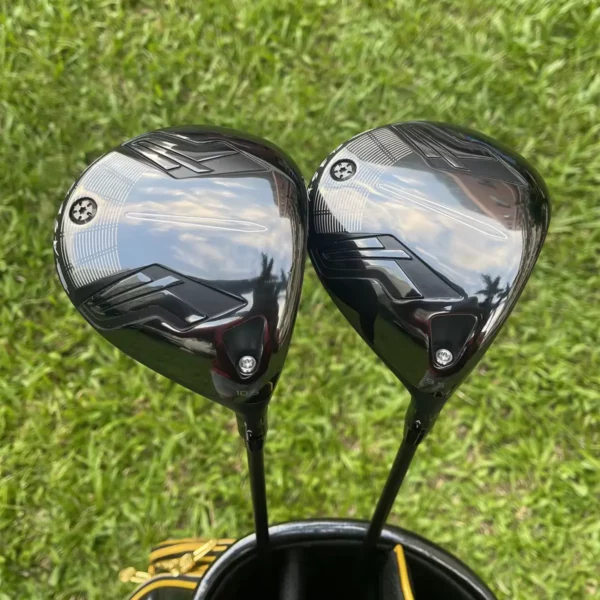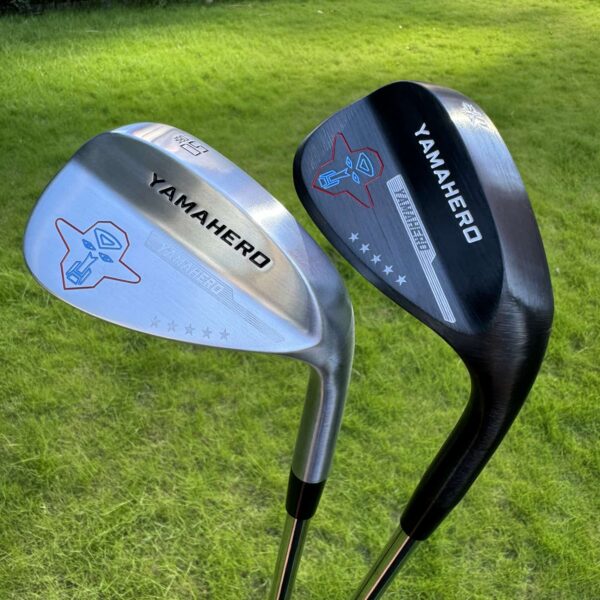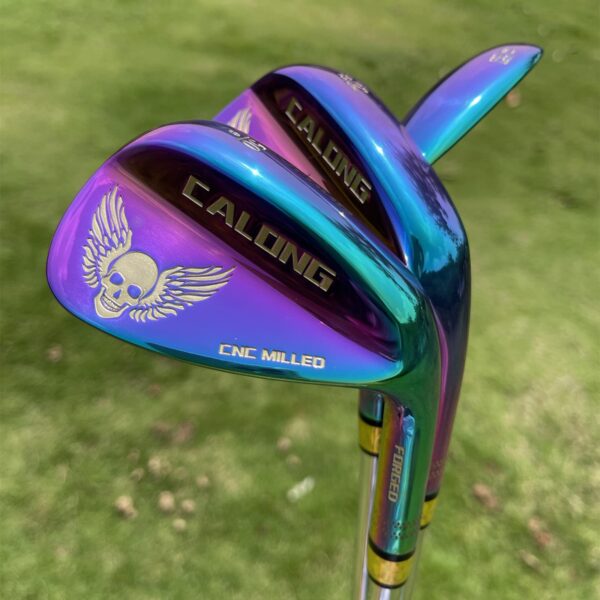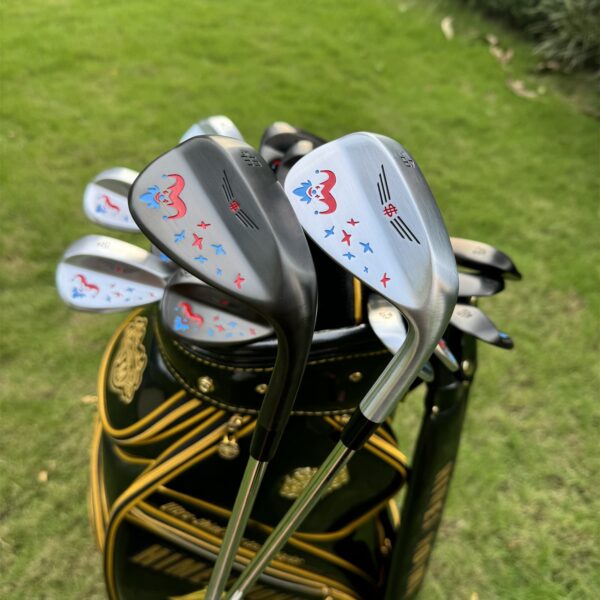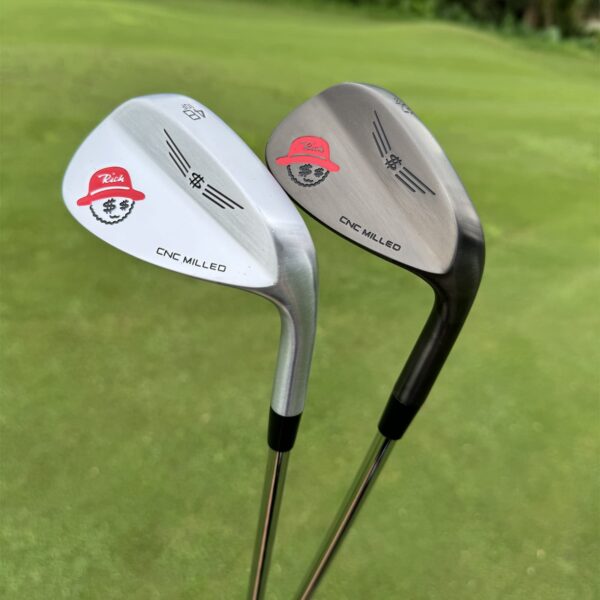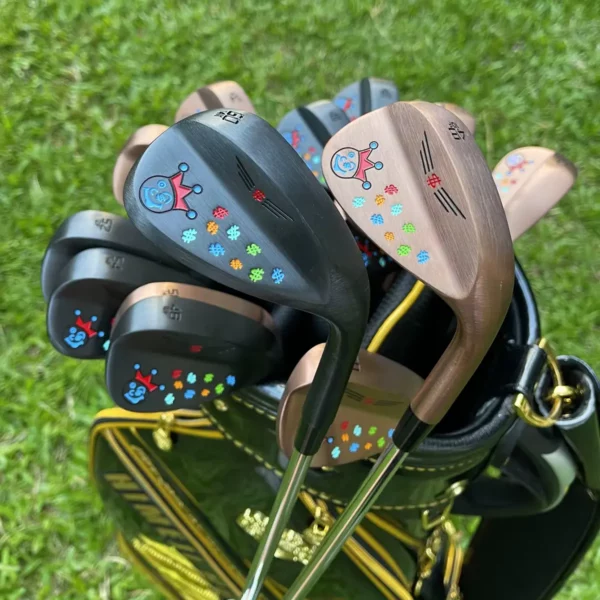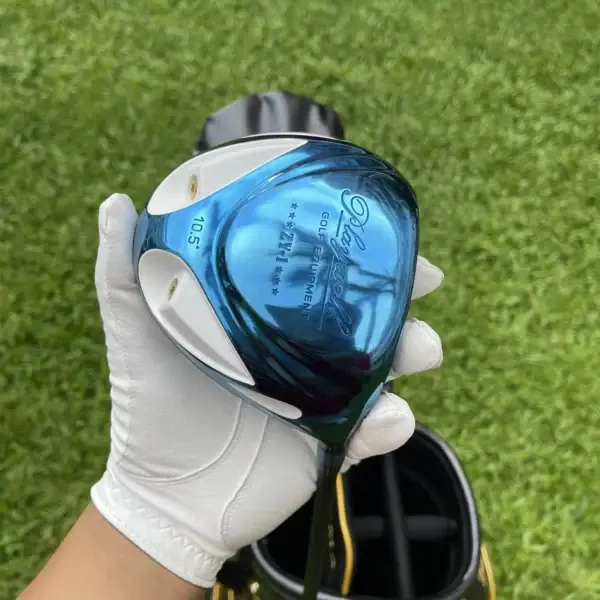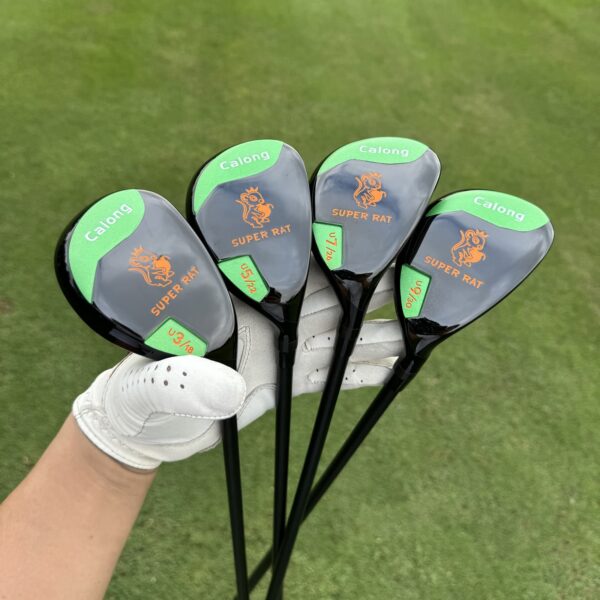Over the past 30 years huge improvements have been made in golf club design and construction. Most of those improvements increased both forgiveness (the ability of the golf club to compensate for swing error — and the golf ball to go straighter) and distance (the ability of the golf club to hit harder — and the golf ball to go farther). The object of the game is to hit straighter and farther, so clubs designed with that in mind are called game improvement
golf clubs. The primary characteristics of a game improvement club are perimeter weighting—typically a caivty back, a large sweet spot, and a low center of gravity.
As we progressed over the years, game improvement clubs continued to expand with the advent of ported
clubs. Taylor Made ushered in the era of weight ports enabling the average golfer to adjust the weight by location. Whether it was one port, two ports or four ports, the golfer could adjust with a little weight here
, or less weight there
to achieve a desired ball flight. Since Taylor Made used weight ports
, do you think Nike or Callaway would follow? Of coursed not! Since the two have research and development departments, they went in different directions. Both Nike and Callaway went more into the shape of the head, specifically the sole selling the concept of MOI (moment of inertia) as the direction of game improvement. Whether it’s ports, perimiter weighting, lower center of gravity, or MOI golf clubs over the years have simply become easier to hit for the average golfer.
Perimeter Weighting
Perimeter weighting means that the weight of the golf club head is positioned around the perimeter of the golf club instead of at the center. As we said above, if you always hit the ball dead center perfect, you would want a small sweet spot and no perimeter weighting so you could put as much physical mass directly behind the impact point of the ball. If you are one of these guys, you likely have a low single digit handicap, use forged irons and know all of this already! This would make a very long shot, however, if you are off, even just a small amount, your shot will go astray. We don’t make clubs that go in that direction (forged) because the vast majority of golfers out there simply cannot benefit from those designs. By perimeter weighting our golf clubs, we maximize forgiveness and provide the best opportunity for the average golfer to have the best possible golfing experience.
Large Sweet Spot
A large sweet spot is generally created by perimeter weighting design. The sweet spot is the optimum place to make contact with the ball. The larger the sweet spot, the greater room for swing error. But designing for the largest sweet spot can leave less room to correct other common swing errors. Perimeter weighting can be shifted to cure toe-miss-hits and to help get the ball up in the air.
As an example, certain iron designs are heavily toe-weighted, meaning the weight of the club is heavier at the toe of the club head, to decrease club twisting from severe miss-hits off the toe of the golf club. Ping irons are a great example of utilizing this kind of design. This idea cures one very important problem — toe hits and twisted shots, but may decrease the overall size of the sweet spot.
Another example of using perimeter weighting to solve a problem is the low center of gravity designs of Callaway Golf irons. Callaway Golf iron designs tend to shift weight to solve the problem of getting the ball up in the air, but by creating a higher ball flight you might be foregoing a bit of distance overall. Take heart — we are talking about fractions of millimeters of sweet spot size here. The end result of all these new features are clubs that are much easier to hit!
Low Center of Gravity
Low center of gravity (LCG) clubs have become a favored design concept. This means shifting weight to the bottom of the club to increase the ability to hit the ball up into the air. If you don’t have a problem getting the golf ball off the ground, then LCG should be less important to you. It you have a big problem in this area then LCG might matter a lot. Golf clubs with tungsten inserts, or weight ports focus on LCG, because the added weighting is heavier than steel and allows the club to have even more weight in the specific areas that count.
To conclude, our overall goal is to have a large sweet spot and also solve some other common swing problems. Certain designs of the famous name manufacturers may orient more towards solving one problem than another: weight ports, inserts, etc. At GolfofChina Golf we aim to take advantage of the best thinking out there in the golf world, and apply those concepts to our products. Remember, most existing designs in the market place today are simply changes from prior designs, all our designs focus on game improvement clubs for the average golfer. We want you to hit the golf ball both straight and far.
Hybrids and More
Utility clubs: Let’s use that term because it really encompasses hybrids irons, hybrid woods and obscure clubs like hybrid chippers
. Hybrid clubs are not really new. Do you remember the Ginty? Maybe not, but it was one of the original hybrids back in the 70’s. Most average golfers have a really hard time hitting the 2, 3 and 4 iron. Let’s face it, most of us only used the 2 iron to get out from under the trees!
It was many years ago that Taylor Made came out with the Rescue Club
. It was called a rescue club for a reason, it was for the average golfer and it replaced the 2 and 3 iron as a truly game improving club. There was a bit of a marketing problem early on with the rescue
club because it was focused on the average to high handicap golfer, not the Professional Golfer
. A credibility gab developed because no real golfer wanted to be seen with a club that many considered to be a gimmick. It was only when the name was morphed into hybrid
that it was embraced by touring pros making the category legitimate. When that happened, the explosion was on and everyone made their own version of a hybrid. Today you can find companies (including ours) that not only make the 2, 3, and 4 hybrids but continue it all the way down to the pitching wedge.

 Japan Okano CP-01 Putter $519.99
Japan Okano CP-01 Putter $519.99
 Okano CCB-01 Irons set $1,699.99
Okano CCB-01 Irons set $1,699.99

 Calong BAT Forged Wedges $99.99
Calong BAT Forged Wedges $99.99
 Calong ASED Driver $199.99
Calong ASED Driver $199.99 Yamahero Cowboy Wedge $99.99
Yamahero Cowboy Wedge $99.99 Calong Rich Golf Wedges $89.99
Calong Rich Golf Wedges $89.99
 Okano SSU-12 Men Wedges $279.99 – $339.99
Okano SSU-12 Men Wedges $279.99 – $339.99 2024 New Calong Golf Driver GoldenBlue Driver 10.5 Degree With RS Flex Graphite Shaft RH Golf Clubs
2024 New Calong Golf Driver GoldenBlue Driver 10.5 Degree With RS Flex Graphite Shaft RH Golf Clubs



 Clubs
Clubs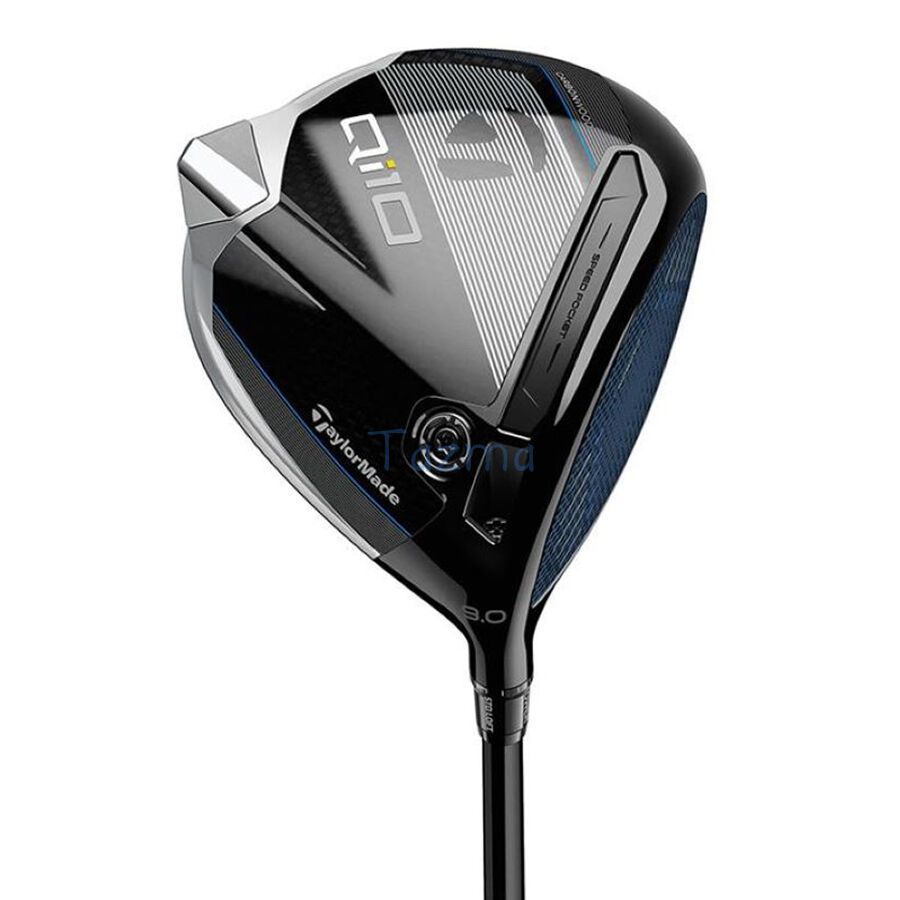 Drivers
Drivers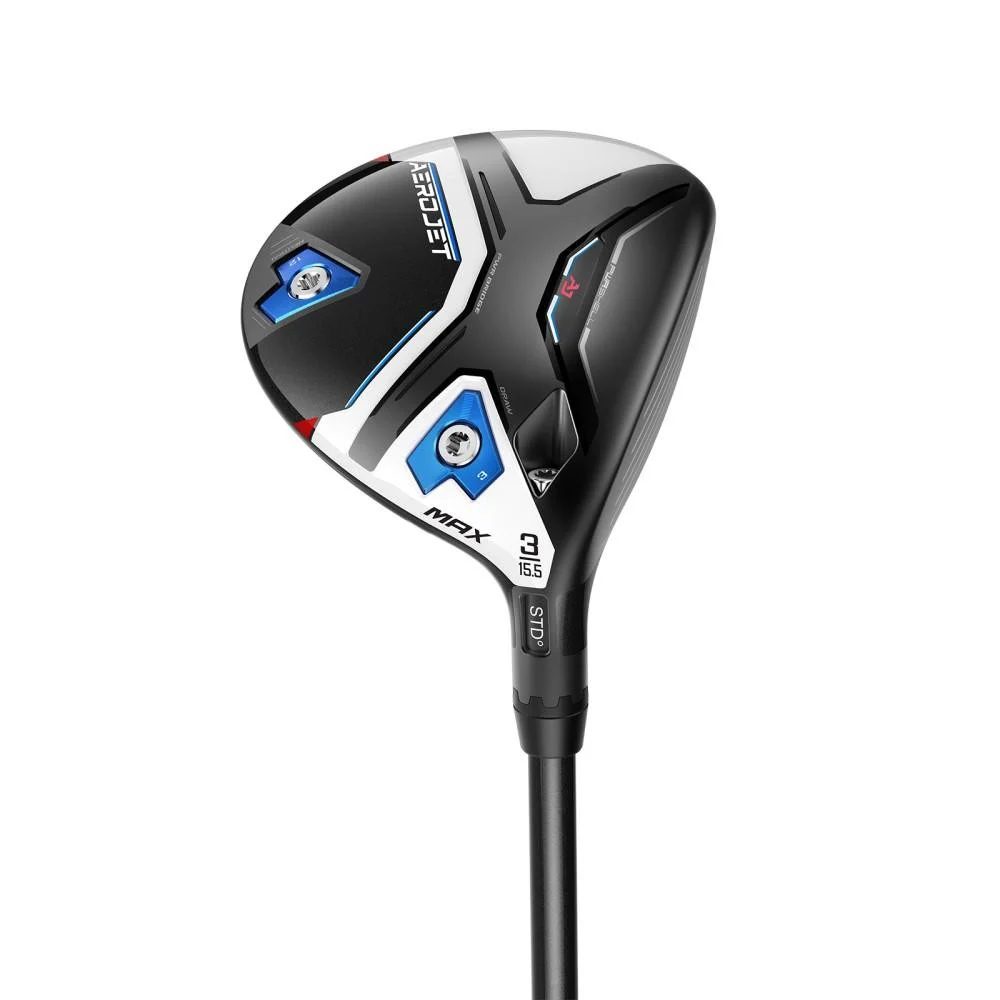 Fairway Woods
Fairway Woods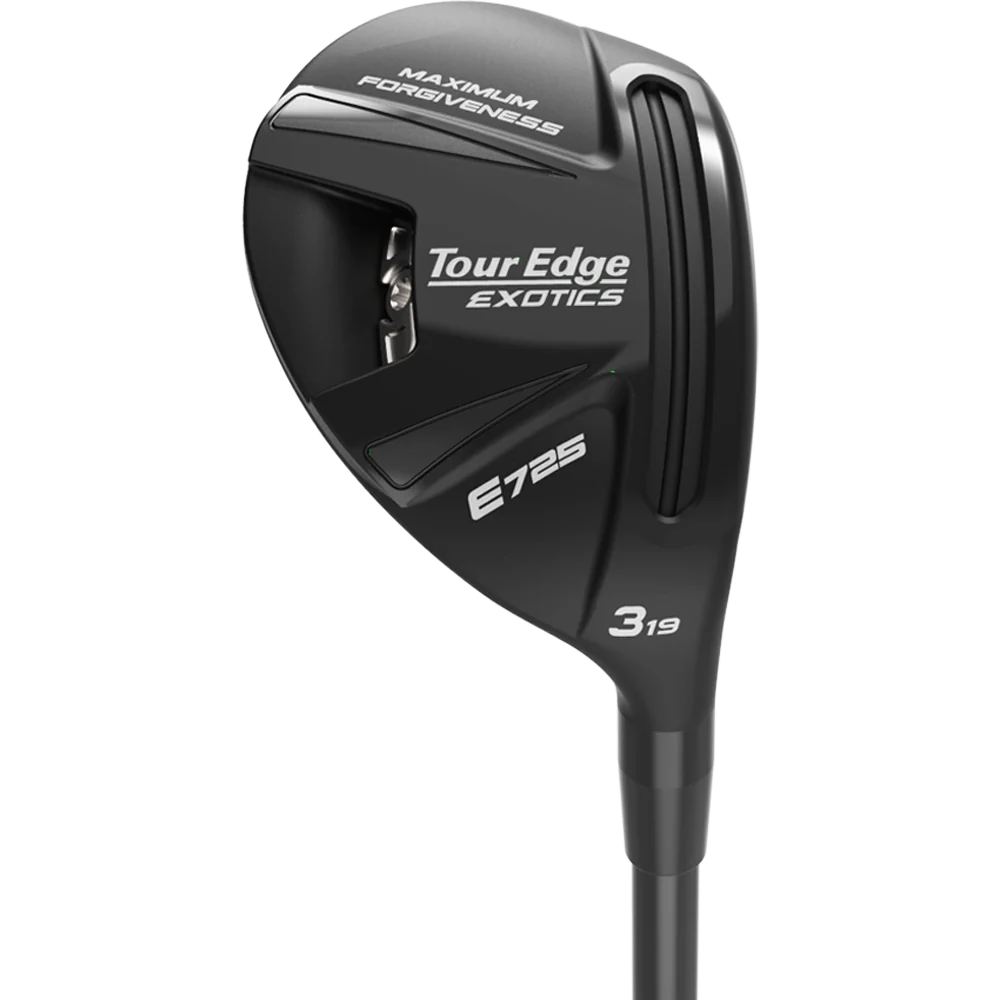 Hybrids
Hybrids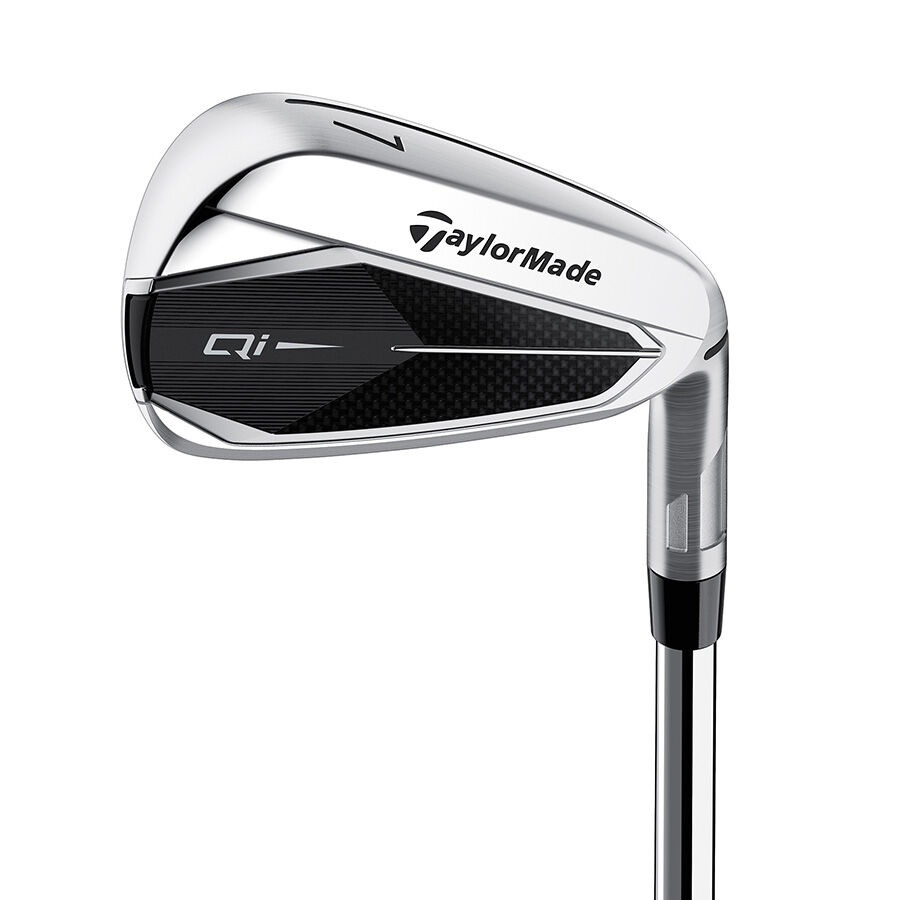 Irons set
Irons set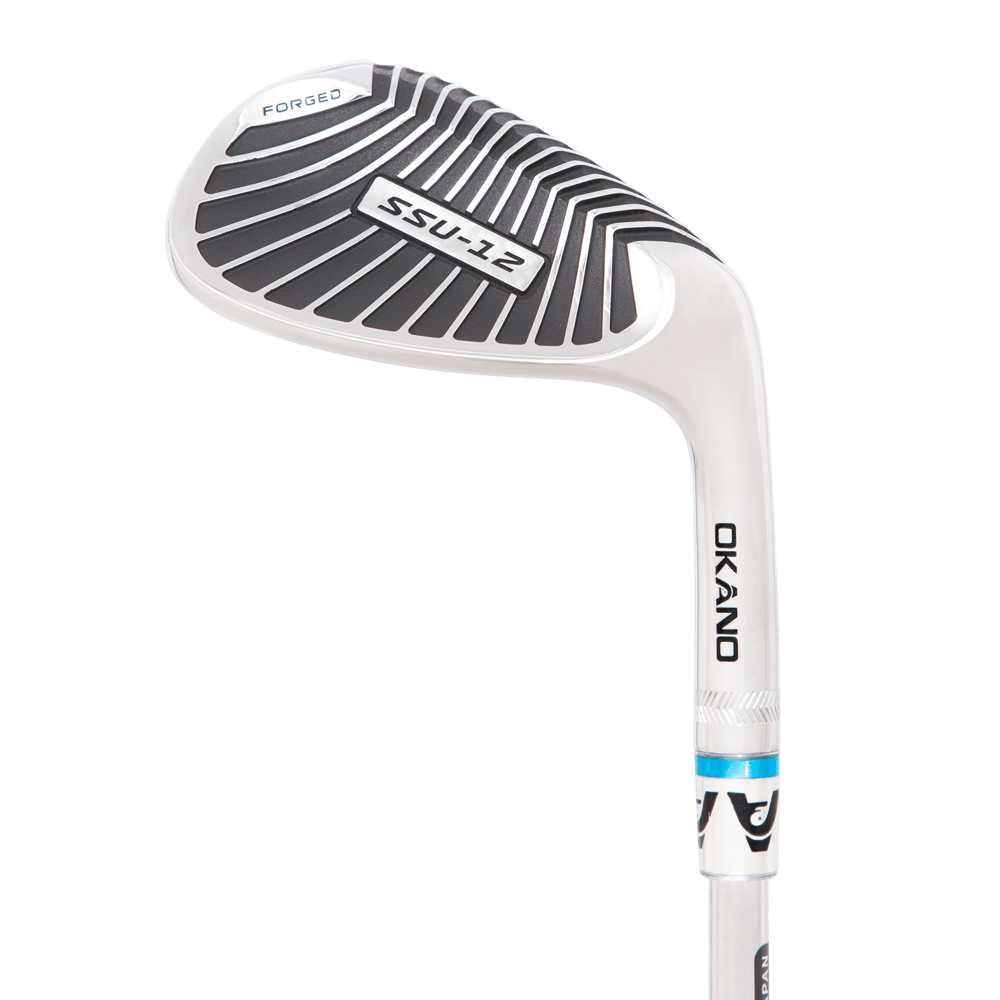 Wedges
Wedges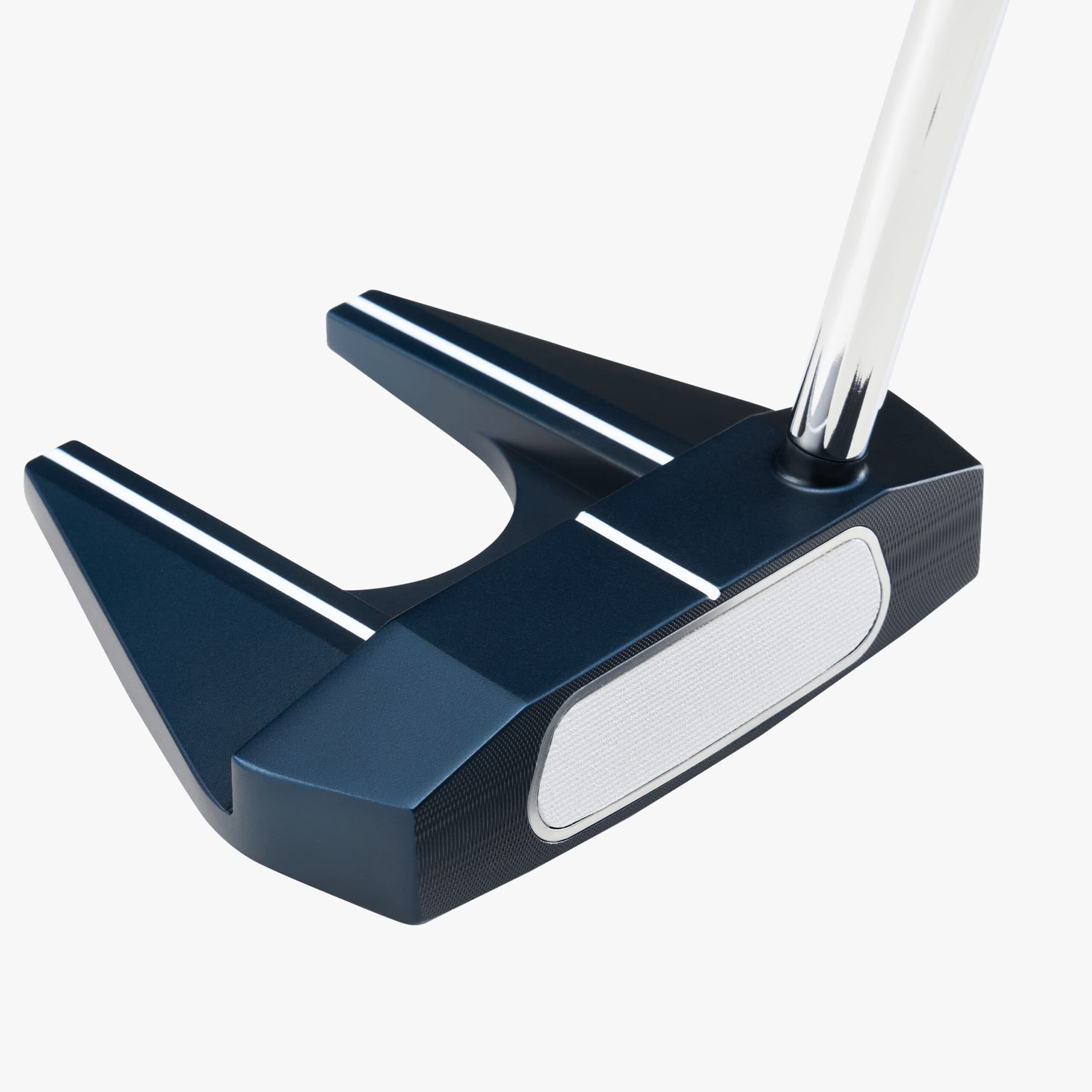 Putters
Putters Complete Sets
Complete Sets Complete Sets
Complete Sets Kids‘Clubs
Kids‘Clubs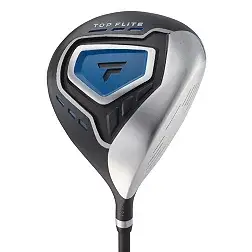 Drivers
Drivers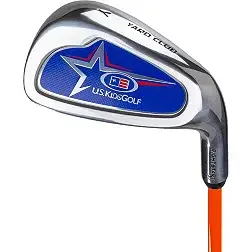 Irons
Irons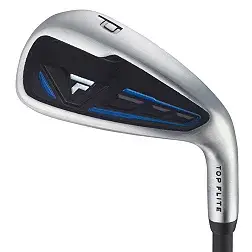 Wedges
Wedges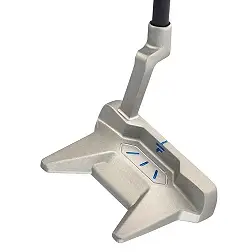 Putters
Putters Complete Sets
Complete Sets Bags
Bags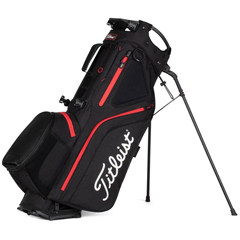 Stand Bags
Stand Bags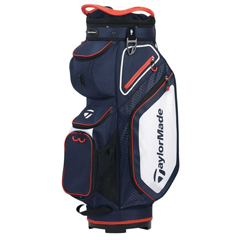 Cart Bags
Cart Bags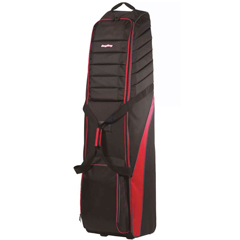 Travel Bags
Travel Bags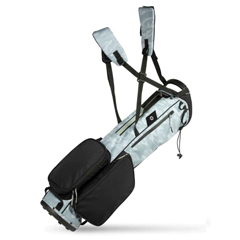 Carry Bags
Carry Bags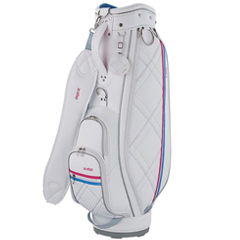 Womens Bags
Womens Bags Men's Golf Shoes
Men's Golf Shoes Women's Golf Shoes
Women's Golf Shoes Junior Golf Shoes
Junior Golf Shoes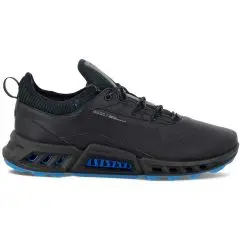 Spikeless Golf Shoes
Spikeless Golf Shoes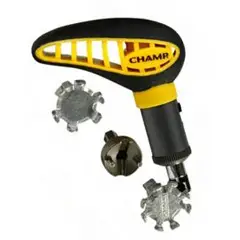 Golf Shoe Accessories
Golf Shoe Accessories Closeout Golf Shoes
Closeout Golf Shoes Apparel
Apparel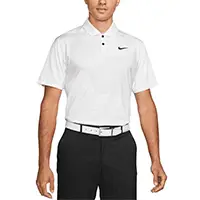 Men's Apparel
Men's Apparel Women's Apparel
Women's Apparel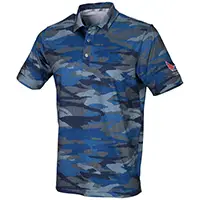 Juniors Apparel
Juniors Apparel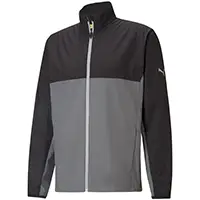 Jackets and Rain Gear
Jackets and Rain Gear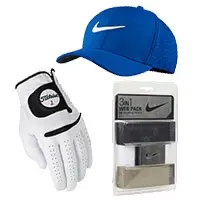 Apparel Accessories
Apparel Accessories Balls
Balls Accessories
Accessories Shafts
Shafts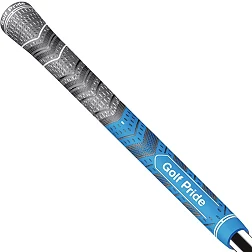 Grips
Grips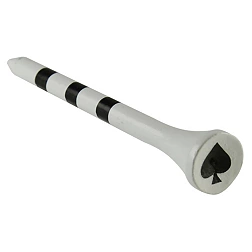 Tees
Tees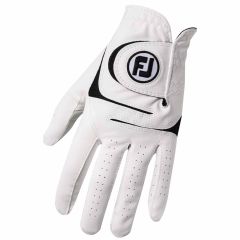 Gloves
Gloves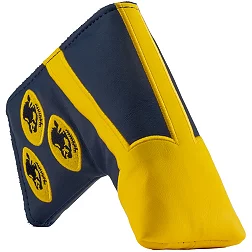 Headcovers
Headcovers Hats & Visors
Hats & Visors